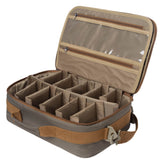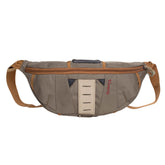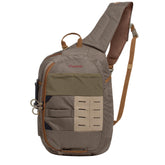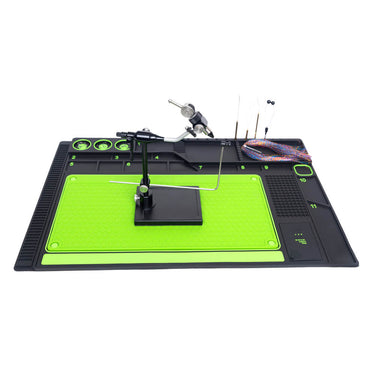Tiny Textures: Exploring Booklice and Barklice Worlds
Booklice (Psocoptera/Psocodea) and Barklice (also Psocoptera/Psocodea) are small, soft-bodied insects belonging to the order Psocodea, which also includes parasitic lice (e.g., head lice and body lice). Though they share similarities, they have distinct habitats and behaviors.
Key Differences & Characteristics:
1. Booklice (Liposcelididae and others)
Habitat:
Found indoors, often in damp, moldy books, papers, stored grains, or wallpaper.
Thrive in high humidity (above 60%).
Appearance:
Tiny (0.5–2 mm), pale or grayish-white, wingless or with reduced wings.
Diet:
Feed on mold, fungi, starches, and glue in book bindings.
Behavior:
Harmless to humans but can damage paper products.
Often mistaken for bed bugs due to their size.
2. Barklice (Psocidae and others)
Habitat:
Live outdoors on tree bark, leaves, and under stones.
Prefer moist environments.
Appearance:
Slightly larger (2–5 mm), often darker, some species have wings.
Diet:
Feed on algae, lichen, fungi, and organic debris on bark.
Behavior:
Beneficial—help break down organic matter.
Some species form silk-covered colonies ("webspinners").
Common Misconceptions:
Not actual lice: Unlike parasitic lice, they do not bite humans or animals.
Not pests (mostly): Barklice are harmless, while booklice are only a nuisance indoors.
Control & Prevention:
For Booklice:
Reduce humidity (use dehumidifiers).
Clean moldy areas, store books in dry conditions.
For Barklice:
No need for control—they’re part of a healthy ecosystem.
Would you like details on a specific species or infestation issue?















